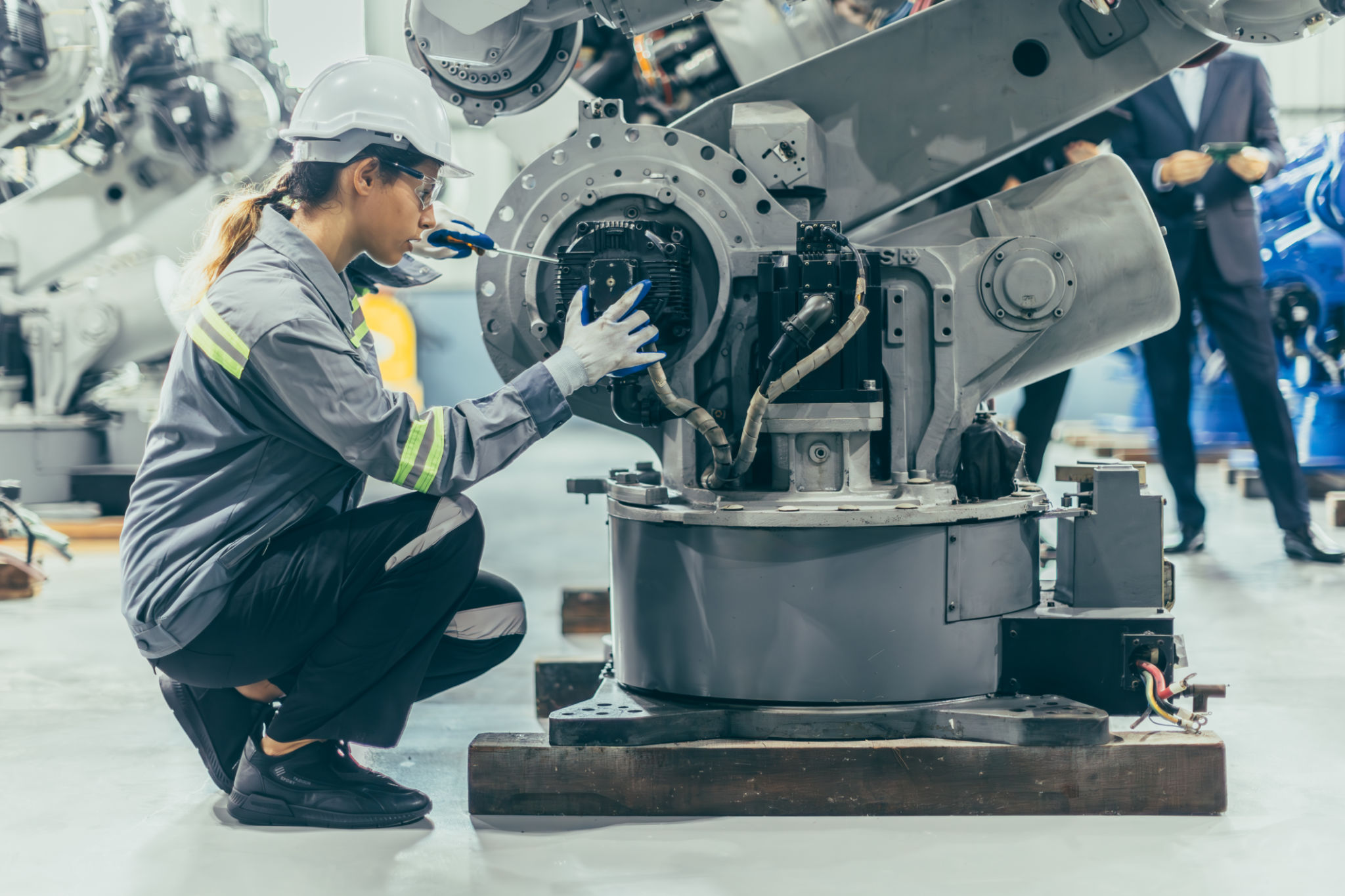Understanding the Steps in the Machinery Valuation Process: A Professional's Guide
Understanding Machinery Valuation
Machinery valuation is a critical process in various industries, providing essential insights into the worth of machinery assets. Whether for insurance, sale, or financial reporting, understanding the valuation process is crucial for making informed decisions. This guide will walk you through the essential steps involved in machinery valuation.

Step 1: Define the Purpose
The first step in the machinery valuation process is to clearly define the purpose of the valuation. Are you looking to sell the equipment, insure it, or use it for financial reporting? Each purpose may require a different approach and methodology. By identifying your end goal, you can tailor the valuation process to meet specific requirements.
Step 2: Gather Information
Once the purpose is defined, the next step is to gather all relevant information about the machinery. This includes details such as the make, model, age, condition, and maintenance history. Accurate and comprehensive data collection is crucial as it forms the foundation of the valuation process.

Step 3: Choose the Valuation Method
There are several methods available for machinery valuation, each with its own advantages. Common methods include:
- Cost Approach: Considers the current replacement cost minus depreciation.
- Market Approach: Compares similar machinery sales in the market.
- Income Approach: Based on the income that the machinery is expected to generate.
The choice of method depends on factors such as the purpose of the valuation and the availability of data.
Step 4: Conduct Physical Inspection
A thorough physical inspection of the machinery is often necessary. This helps in assessing the actual condition and identifying any wear and tear that might not be evident from documentation. Inspectors look for signs of maintenance issues, operational efficiency, and overall functionality.

Step 5: Analyze Market Trends
Understanding current market trends is essential when conducting a machinery valuation, especially when using the market approach. This involves analyzing recent sales data for similar equipment and considering economic factors that might affect machinery prices. Staying updated with market trends ensures a more accurate valuation.
Step 6: Calculate Depreciation
The depreciation of machinery is a key factor in determining its value. Different types of depreciation methods can be applied depending on the situation, such as straight-line or declining balance methods. Accurate calculation of depreciation helps in establishing a fair market value for the equipment.

Step 7: Compile the Valuation Report
The final step is compiling all findings into a comprehensive valuation report. This document should include detailed information about the methodology used, data collected, inspection results, and final valuation figures. A well-structured report provides transparency and helps stakeholders understand how the final value was determined.
The machinery valuation process is complex but essential for making informed business decisions. By following these steps, professionals can ensure a thorough and accurate assessment of their equipment's value.